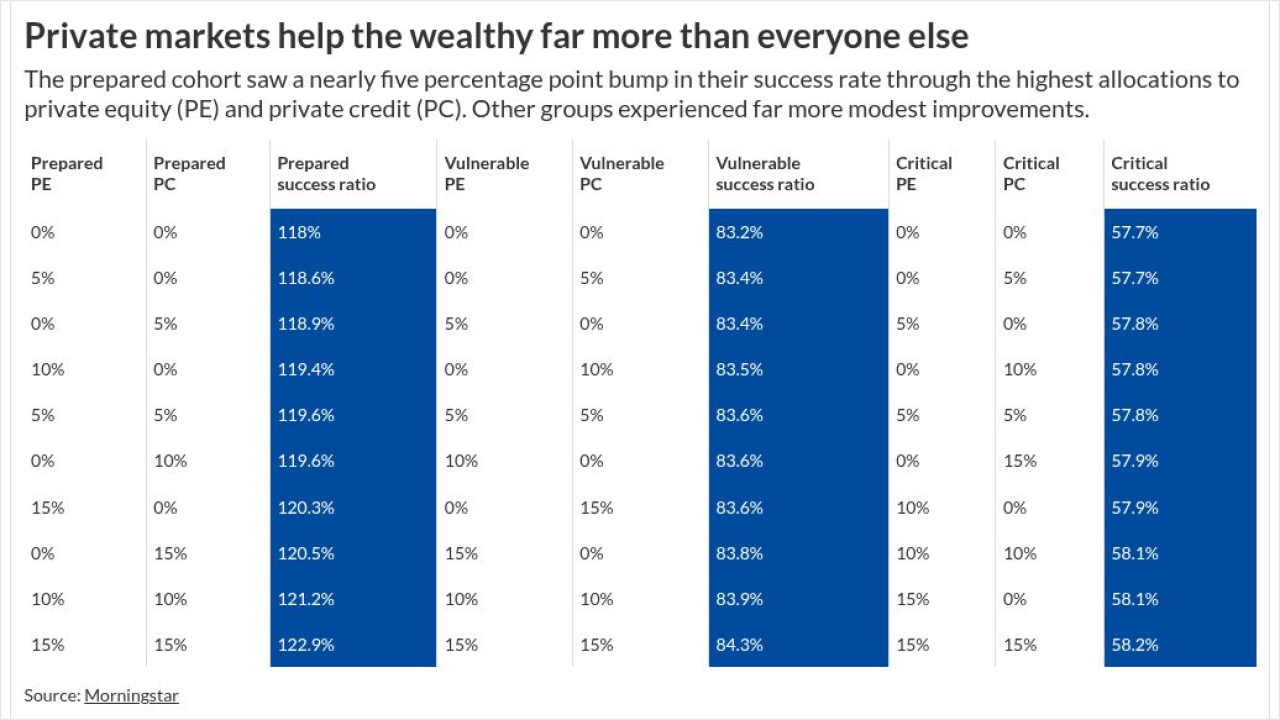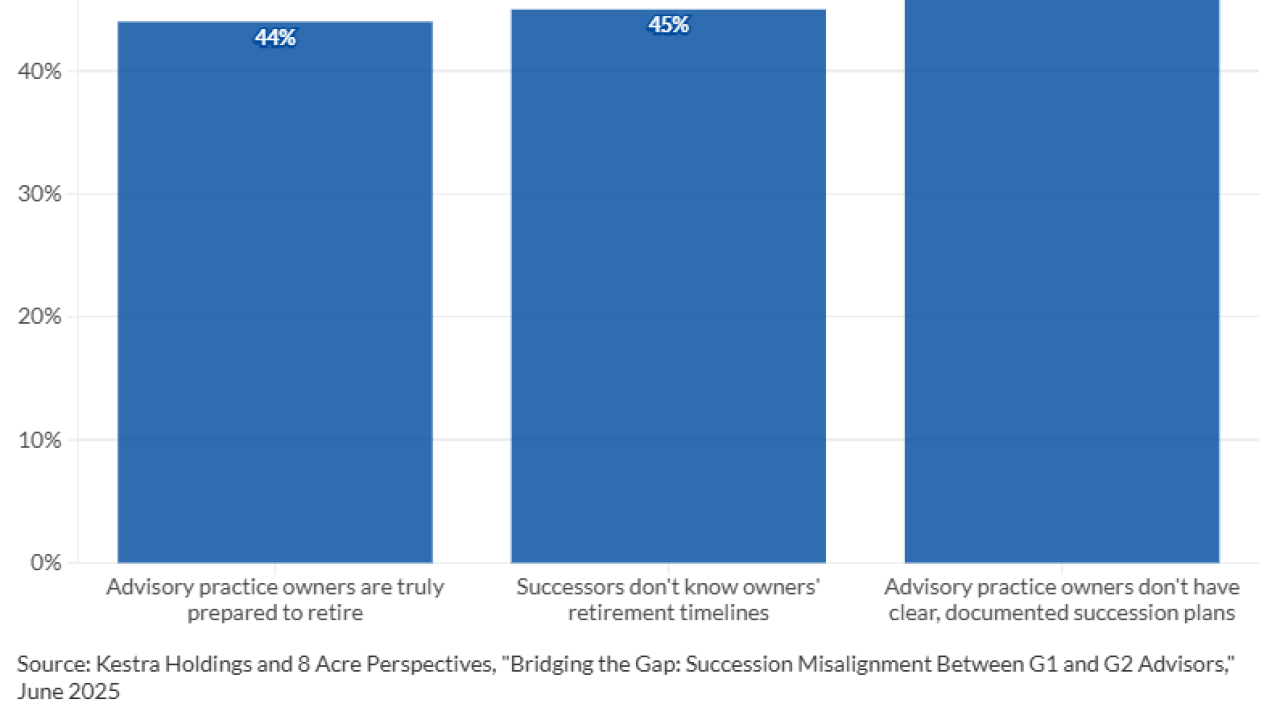Financial advisors — some of the hardest working professionals that I know — prioritize attracting and retaining clients. Often, the key is quality time spent with the client offering products that align with a long-term investment horizon and produce a consistent income stream.
But according to a

For their parts, RIAs and independent broker-dealers are engaged in a high-stakes competition for the
In their current iteration, model portfolios are
Model management has always equipped financial advisors for growth by allowing for effective implementation of third-party or advisor-driven model portfolios to deliver personalized portfolios at scale. The current generation of model portfolios deliver more sophisticated tailored investment advice, often at a much better price than competing options like
These advantages are crucial in the post-pandemic economy, one that has produced a new breed of financial advisor, particularly in the independent broker-dealers and RIAs spaces, who simply must do more with less in terms of time spent with clients.
A large segment of the model portfolio universe is focused on broadly diversified combinations of equity and
Earlier this year, our multicustodial TAMP introduced two modules on an all-in-one platform that aims to remove the technological, operational and financial barriers to implementing model portfolios. Advisors can select from dozens of vetted, digitally distributed, institutional quality model portfolios and strategies. This expansive selection allows advisors to deliver more investment options to end clients at a lower cost.
In many ways, the advice business is moving into a new world order, and model management is a large and very positive part of this evolution. For advisors working with clients focused on long-term, steady income from investments, an all-in-one platform allows advisors and clients to adapt to digital disruption and participate and grow in this new environment.





